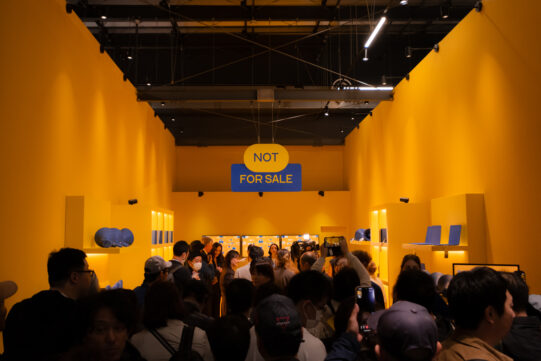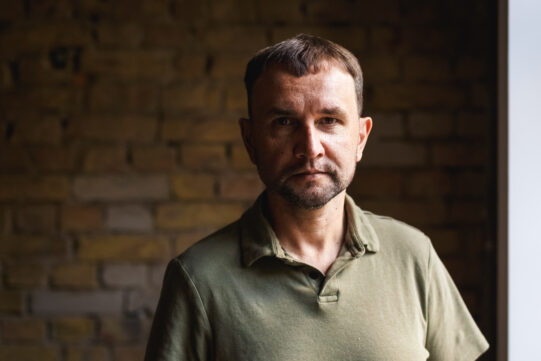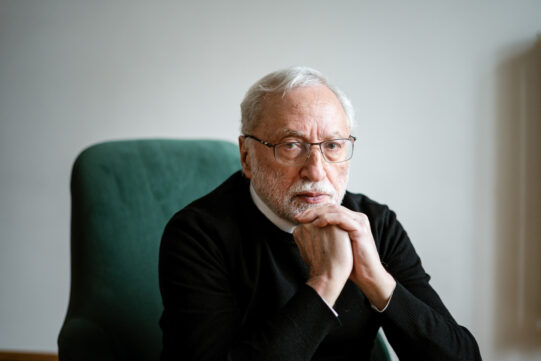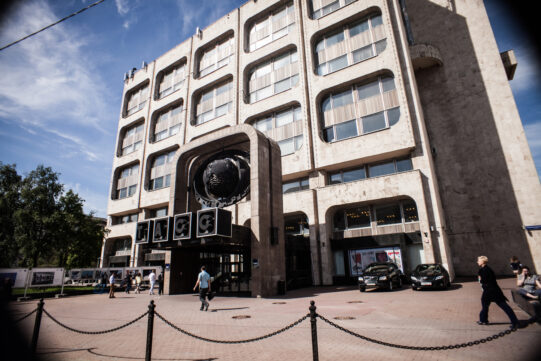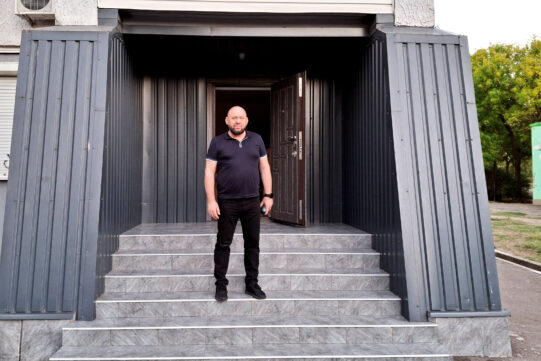
Communities
A town without a town: how Vasylivka exists in exile
Vasylivka is a small town in Ukraine — many of its inhabitants fled the terror of the Russian occupiers. Under the leadership of the mayor, Vasylivka lives on in exile: a lesson in Ukraine's will to persevere.


